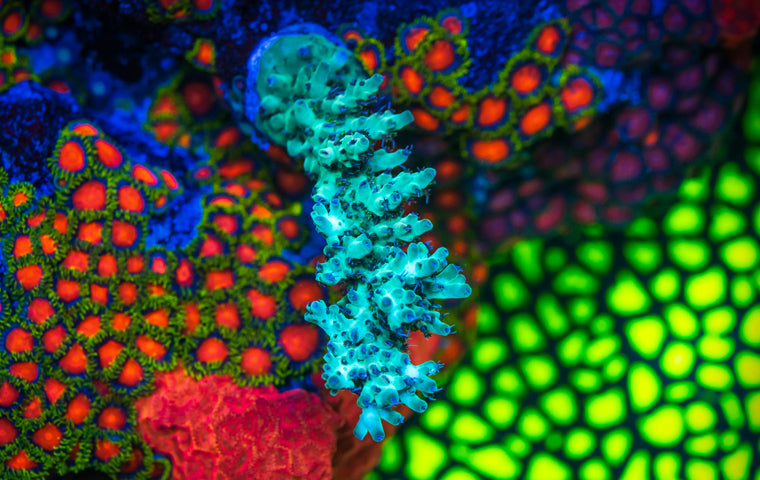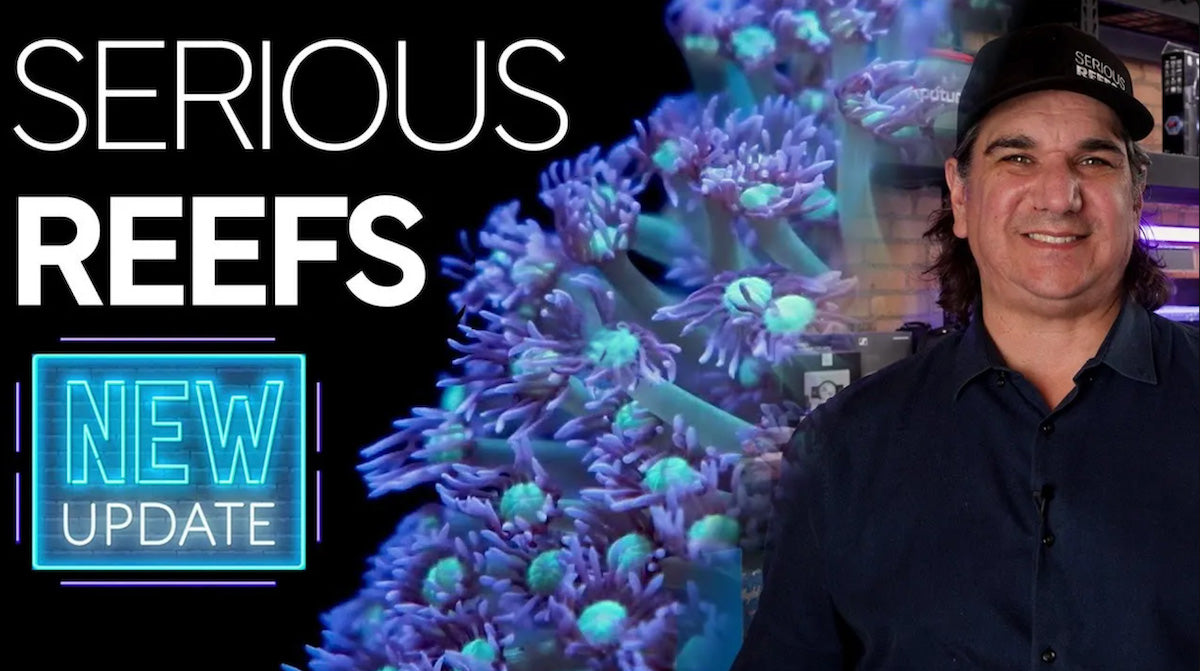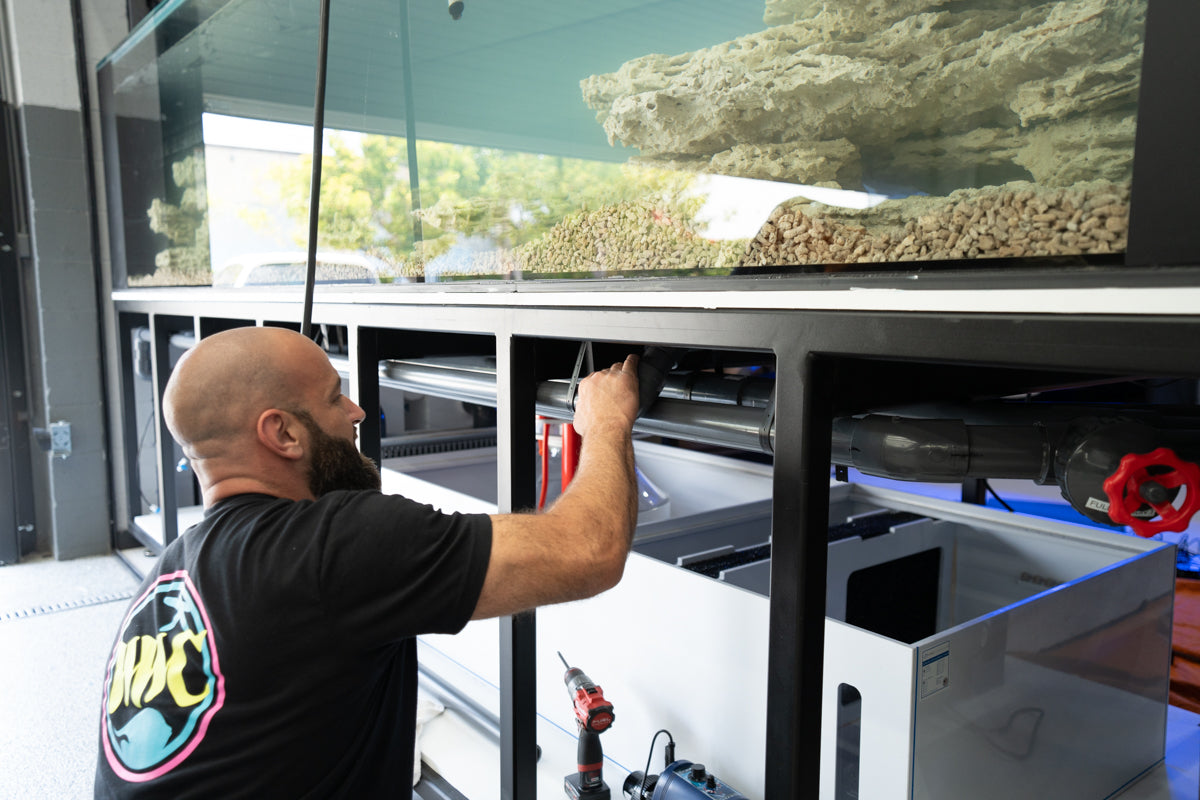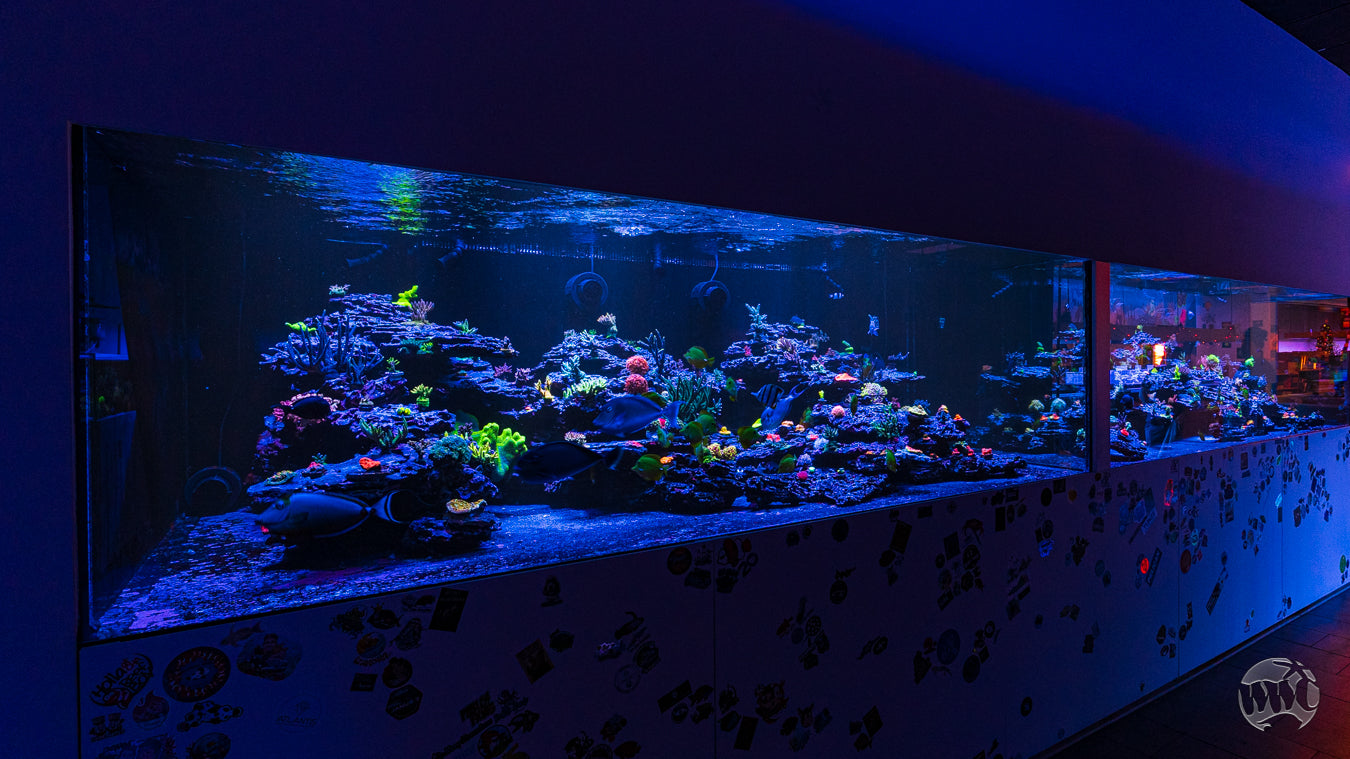What’s more fun than adding some live coral to your new aquarium? Watching them thrive and grow in an ecosystem you’ve provided for them. Even though you have your option of purchasing a combination of corals like LPS packs or frag packs, it’s still important to understand the types of coral you are about to buy.
There are many different coral species but most of them are grouped into two different categories – Hard Coral (Large Polyp Stony or LPS, Small Polyp Stony or SPS) and Soft Coral. These saltwater corals have their own distinct characteristics, and each requires their own respective care.
Large Polyp Stony Coral (LPS) vs Small Polyp Stony Coral (SPS)
Although there are two classifications of hard coral, the only real difference is the size of the polyp. Coral colonies are formed by these polyps and each one is its own living organism. The polyp feeds by extending its tentacles from its mouth to catch zooplankton and other food particles created by algae. It also catches dissolved calcium and solidifies it to create its hard-skeletal (calcium carbonate) structure.
Hard coral is the building block of the coral reefs. While some reefs are massive in size, only a thin layer on the surface is composed of live coral. The rest is composed of the calcium carbonate skeleton formed over decades of feeding.
Soft Coral
This type of coral does not have a hard-skeletal structure, so it does not contribute to building reefs. Instead, it often resembles grass, trees, or plants. Its structure is comprised of a wood-like core that gives it its flexibility and support. Soft coral also has the ability to build colonies, but its growth rate is much less than that of the hard coral.
Light and Water Flow Placement
Though there are different coral species, each is a living creature so it’s important that you check how much light and water flow it needs before placing it in your aquarium. Most species of LPS corals require moderate to low lighting whereas the species of soft coral can range anywhere from high to low lighting.
The water flow is just as significant as the amount of light you deliver to your coral. SPS coral requires a high direct water flow while LPS and soft coral only require a low-medium indirect water flow. The amount of light, combined with the strength of the water flow, means you will need to learn the best places for your types of coral before you set them in their respective places.
Tips For Beginners
If this is your first time considering corals for your aquarium, please know that different types of aquarium coral need time to acclimate to their new aquatic conditions. Easy LPS packs are sold to introduce beginners to familiarize themselves with these aquatic creatures. Also, LPS coral does not require a nutrient-rich environment. If you are noticing that your LPS packs are becoming overwhelmed with algae after you’ve placed them for a time in your aquarium, consider purchasing either one turbo snail for every 1-2 gallons or one hermit crab for every 5-10 gallons to assist with the overgrowth.




